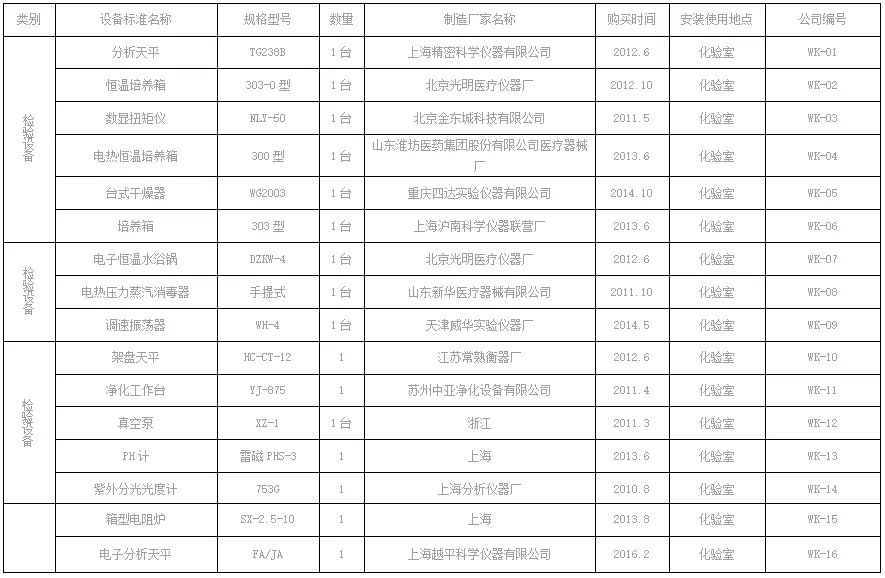
-
 Afrikaans
Afrikaans -
 Albanian
Albanian -
 Amharic
Amharic -
 Arabic
Arabic -
 Armenian
Armenian -
 Azerbaijani
Azerbaijani -
 Basque
Basque -
 Belarusian
Belarusian -
 Bengali
Bengali -
 Bosnian
Bosnian -
 Bulgarian
Bulgarian -
 Catalan
Catalan -
 Cebuano
Cebuano -
 Corsican
Corsican -
 Croatian
Croatian -
 Czech
Czech -
 Danish
Danish -
 Dutch
Dutch -
 English
English -
 Esperanto
Esperanto -
 Estonian
Estonian -
 Finnish
Finnish -
 French
French -
 Frisian
Frisian -
 Galician
Galician -
 Georgian
Georgian -
 German
German -
 Greek
Greek -
 Gujarati
Gujarati -
 Haitian Creole
Haitian Creole -
 hausa
hausa -
 hawaiian
hawaiian -
 Hebrew
Hebrew -
 Hindi
Hindi -
 Miao
Miao -
 Hungarian
Hungarian -
 Icelandic
Icelandic -
 igbo
igbo -
 Indonesian
Indonesian -
 irish
irish -
 Italian
Italian -
 Japanese
Japanese -
 Javanese
Javanese -
 Kannada
Kannada -
 kazakh
kazakh -
 Khmer
Khmer -
 Rwandese
Rwandese -
 Korean
Korean -
 Kurdish
Kurdish -
 Kyrgyz
Kyrgyz -
 Lao
Lao -
 Latin
Latin -
 Latvian
Latvian -
 Lithuanian
Lithuanian -
 Luxembourgish
Luxembourgish -
 Macedonian
Macedonian -
 Malgashi
Malgashi -
 Malay
Malay -
 Malayalam
Malayalam -
 Maltese
Maltese -
 Maori
Maori -
 Marathi
Marathi -
 Mongolian
Mongolian -
 Myanmar
Myanmar -
 Nepali
Nepali -
 Norwegian
Norwegian -
 Norwegian
Norwegian -
 Occitan
Occitan -
 Pashto
Pashto -
 Persian
Persian -
 Polish
Polish -
 Portuguese
Portuguese -
 Punjabi
Punjabi -
 Romanian
Romanian -
 Russian
Russian -
 Samoan
Samoan -
 Scottish Gaelic
Scottish Gaelic -
 Serbian
Serbian -
 Sesotho
Sesotho -
 Shona
Shona -
 Sindhi
Sindhi -
 Sinhala
Sinhala -
 Slovak
Slovak -
 Slovenian
Slovenian -
 Somali
Somali -
 Spanish
Spanish -
 Sundanese
Sundanese -
 Swahili
Swahili -
 Swedish
Swedish -
 Tagalog
Tagalog -
 Tajik
Tajik -
 Tamil
Tamil -
 Tatar
Tatar -
 Telugu
Telugu -
 Thai
Thai -
 Turkish
Turkish -
 Turkmen
Turkmen -
 Ukrainian
Ukrainian -
 Urdu
Urdu -
 Uighur
Uighur -
 Uzbek
Uzbek -
 Vietnamese
Vietnamese -
 Welsh
Welsh -
 Bantu
Bantu -
 Yiddish
Yiddish -
 Yoruba
Yoruba -
 Zulu
Zulu
Innovative Approaches to Eco-Friendly PET Bottle Design for a Sustainable Future
The Evolution of PET Bottle Design A Sustainable Future
The design of PET (polyethylene terephthalate) bottles has undergone significant changes since their inception, driven by advancements in technology and a growing awareness of environmental issues. These lightweight, durable containers have become ubiquitous in various sectors, particularly beverage packaging, due to their versatility and cost-effectiveness. However, as consumer preferences shift towards sustainability, innovative design approaches are paving the way for a greener future.
PET bottles were first introduced in the 1970s as an alternative to glass and metal containers. Their lightweight nature reduced shipping costs and offered consumers convenience. However, the environmental impact of plastic production and waste began to raise concerns. As a response, the design of PET bottles has evolved to incorporate eco-friendly practices.
The Evolution of PET Bottle Design A Sustainable Future
In addition to using recycled materials, designers are exploring new shapes and structures that maximize efficiency and reduce material usage. By optimizing the geometry of bottles, manufacturers can use less plastic without compromising strength or functionality. For instance, the development of thinner walls and innovative closures helps to minimize material consumption while maintaining product integrity. These design strategies contribute to a reduction in overall plastic waste, further enhancing the sustainability of PET bottles.
pet bottle design

Moreover, many brands are incorporating eye-catching and functional designs to attract environmentally conscious consumers. Decorative elements such as textured surfaces and unique shapes not only differentiate products on the shelves but also communicate a brand's commitment to sustainability. Some companies are even experimenting with plant-based materials for bottle caps or labels, further reducing the environmental impact of their packaging.
Education and consumer engagement have also played crucial roles in the evolution of PET bottle designs. Brands are increasingly transparent about their sustainability efforts, providing consumers with information on how to recycle their bottles effectively and supporting local recycling initiatives. By fostering awareness and promoting responsible consumption, these companies aim to combat plastic pollution and encourage a culture of recycling.
The rise of smart technology is another exciting trend influencing PET bottle design. With the integration of QR codes and NFC (Near Field Communication) technology, consumers can access information about a product’s lifecycle, including its recycling options and environmental impact. This not only empowers consumers to make informed choices but also promotes accountability among manufacturers.
Looking ahead, the future of PET bottle design is poised for even more innovation. As technological advancements continue to emerge, new materials and design concepts will likely reshape the landscape of beverage packaging. The industry is witnessing a shift towards bio-degradable bottles and alternative packaging solutions that minimize reliance on traditional plastics.
In conclusion, the design of PET bottles is on a transformative journey towards sustainability. By integrating recycled materials, optimizing shapes, enhancing consumer engagement, and leveraging technology, the industry is not only addressing environmental concerns but also paving the way for a more sustainable future. As consumers become increasingly aware of their choices, the demand for eco-friendly packaging will undoubtedly drive continued innovation in PET bottle design. The challenge remains for manufacturers to balance functionality, aesthetic appeal, and environmental responsibility, but the prospects for a greener tomorrow in packaging look bright.
-
Premium Metal Dropper Bottle for Precise Dispensing 250ml & 1ml Options AvailableNewsJul.04,2025
-
20 ml Headspace Vials - High Quality Polyethylene & Plastic Vials for Lab UseNewsJul.04,2025
-
Small Bottle with Pipette - Precise Dispensing 100ml Pipette Bottles for Essential Oils & Lab UseNewsJun.24,2025
-
Acetic Anhydride Bottle for Accurate Dropper Measurement in Pharmacy Use High-Quality Dropper BottlesNewsJun.10,2025
-
Innovative PET Bottle Design for Juice – Unique Shapes & Customization OptionsNewsJun.10,2025
-
20 Pack Sterilized Petri Dishes – Assorted Sizes, High Quality Small Plastic Petri Dishes for Lab UseNewsJun.10,2025






















